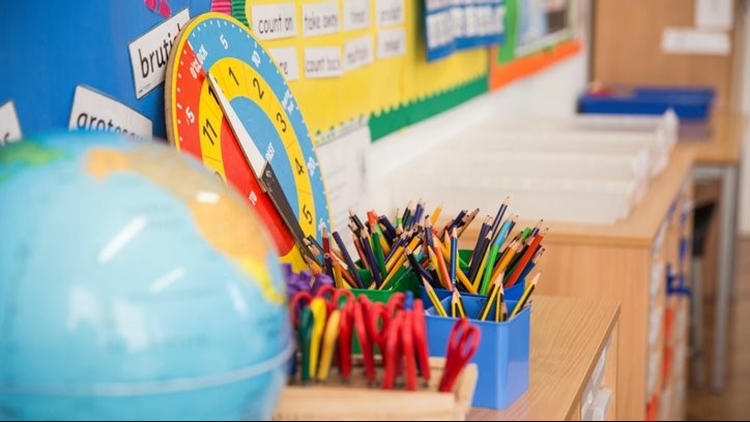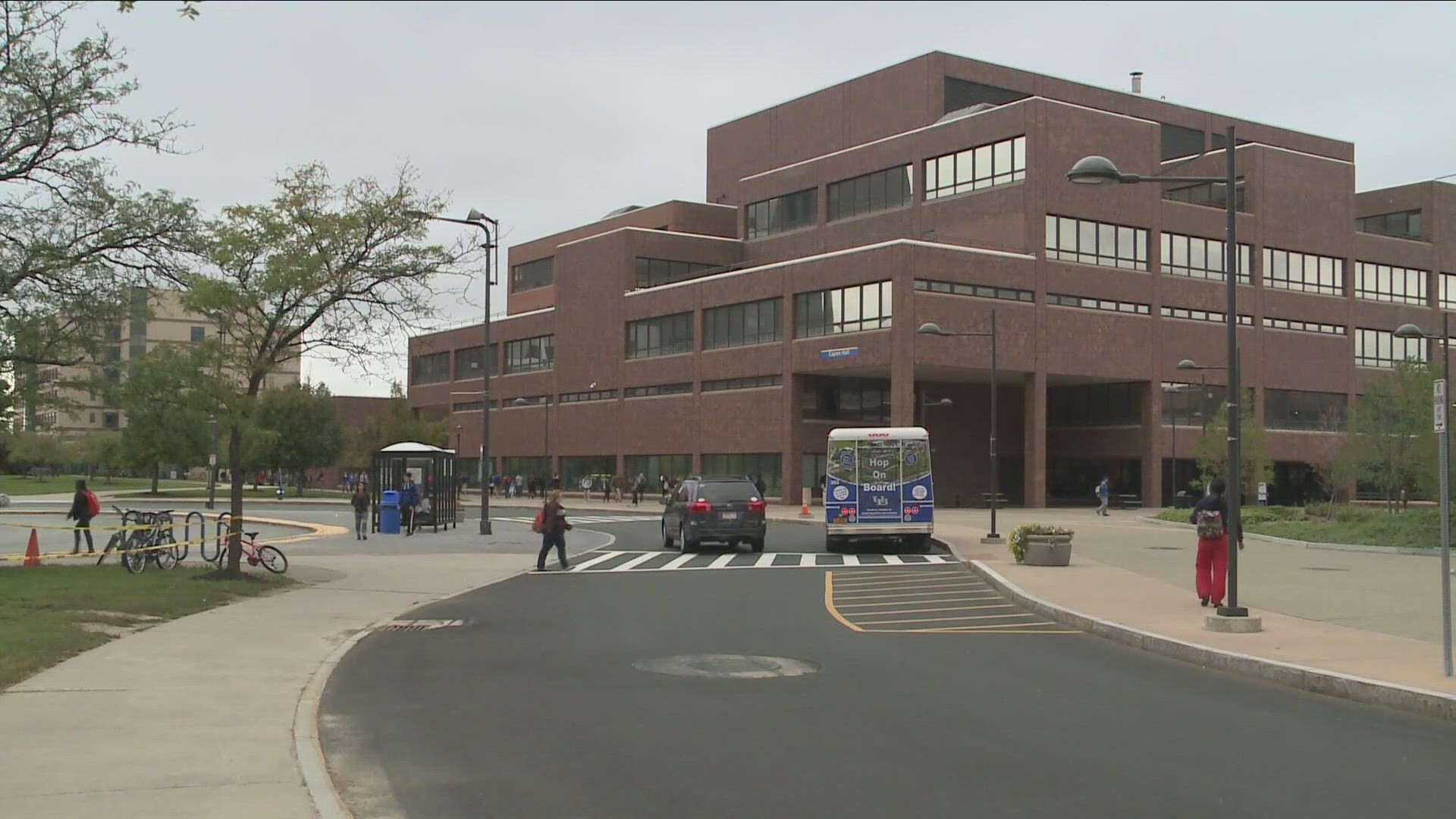ALBANY -- New York faces a looming teacher shortage, but it may not be statewide or in every subject.
The lack of teachers is being seen mainly in school districts with high child poverty rates and minority populations, a report last month from the Rockefeller Institute in Albany found.
The report dovetails with other data and findings in recent years that show New York is producing fewer teachers in the college ranks and dealing with an aging teacher population.
But the problems are not everywhere in New York: pockets of the state face more acute challenges than others, said Jim Malatras, the institute's president.
"Our findings show that initiatives to encourage more people to join the teaching profession in New York must be paired with targeted policy efforts to close the equity gap in economically disadvantaged and minority districts," he said.
Where are the jobs?
The USA Today Network's Albany Bureau reported in August that New York had nearly 8,600 fewer active educators than it did five years ago.
That is coupled with the number of SUNY students majoring in education dropping a remarkable 50 percent since 2007.
The concerns were so sufficient that SUNY and the state Education Department partnered in 2016 to form Teach NY to develop policies and programs to promote the profession.
State officials have predicted New York may need 180,000 new teachers in the next decade.
In the meantime, districts with higher poverty rates and large black and Hispanic populations are dealing with the highest turnover rates in New York, the Rockefeller report found.
Those districts, which the report didn't name, are also dealing with teachers who can be teaching out of their certification areas and have little experience.
The annual teacher turnover rates in districts with high levels of Hispanic students living in poverty was 10 percent and 16 percent in districts with a majority of black students.
In districts with predominately white, affluent students, the rate was 8 percent.
"These equity issues are affecting more and more children as student population growth is greater in urban, economically disadvantaged, and racially and ethnically diverse communities," the report said.
Shortages by discipline
A teaching shortage across New York has largely been avoided by now because student enrollment fell 6 percent between the 2010-11 year and the 2016-17 year, state records show.
But that hasn't meant a lack of teachers hasn't been felt in some parts of New York and in some subjects, education leaders said.
New York has shortages in special education, bilingual education and in career and technical training, according to the Rockefeller report and other state reports.
But at the same time, the state has a large number of elementary school level teachers.
“There is not a statewide teacher shortage, but there are issues with certain types of teachers," said Robert Lowry, the deputy director of the state Council of School Superintendents.
“We find there are difficulties in particular types of districts, rural districts, poorer districts, high poverty districts."
In a 2017 survey of New York superintendents, 34 percent of superintendents said finding an adequate number of qualified teachers is a significant problem for them, the group said.
The problems, according to the survey, was most significant in the North Country, where 72 percent of superintendents said filling teaching jobs was difficult.
In the Southern Tier, 59 percent of those surveyed said the same thing -- compared to 40 percent in the Finger Lakes and 28 percent in the Hudson Valley.
What's next
The state's initiatives have tried to encourage more college students to enter the field, and the state Board of Regents has scaled back of the Common Core standards on evaluations and standardized tests to make the field more attractive to enter.
The need for teachers is expected to grow: More than 50,000 teachers in New York are age 55 or older and another 35,000 are approaching retirement age, said Jolene DiBrango executive vice president of the New York State United Teachers unions.
So that's about one third of the state's roughly 220,000 teachers who could be retired in the next decade, she said.
Also, some districts didn't rehire positions after the recession in 2009, when schools made significant cuts in staff amid a decline in state aid.
According to the Teach NY report, the demand for teachers is expected to increase by 6 percent by 2022 by 5.8 percent -- an average of 1,700 teaching positions each year.
“We're hoping to change the conversation and really let people see teachers are really change makers," DiBrango said.
"They really can impact the world in a way no other profession can. It’s the best profession in the world. So how do we get that news out there and how to we inspire kids to be teachers?"
According to the Teach NY council report, about 40 percent of novice teachers leave the classroom within the first five years.
To combat that, the council said New York should bolster mentorship programs among teachers and enhance professional development efforts.
"If we are to strengthen the education pipeline, we must give every student a chance to succeed,” said Nancy Zimpher, the former SUNY chancellor who is now the director of Center for Education Pipeline Systems Change at the Rockefeller Institute.
“Data show that teachers matter more to learning outcomes than any other in-school aspect of education.”



